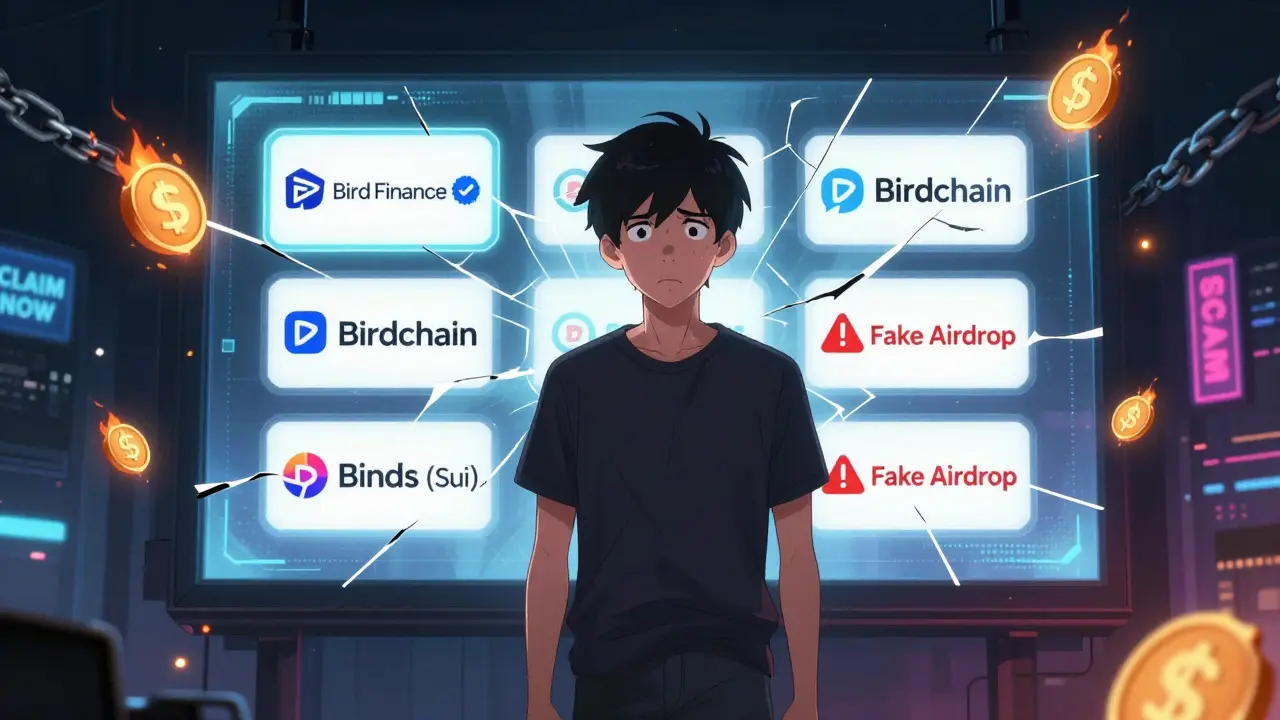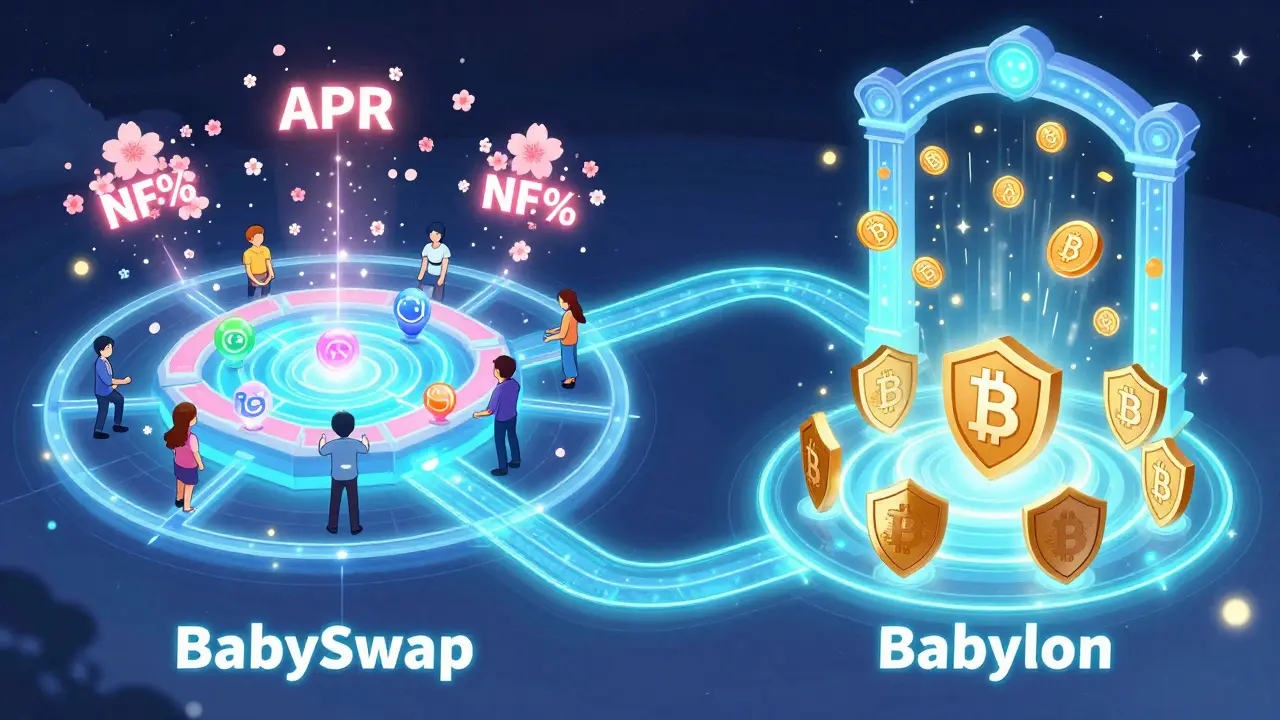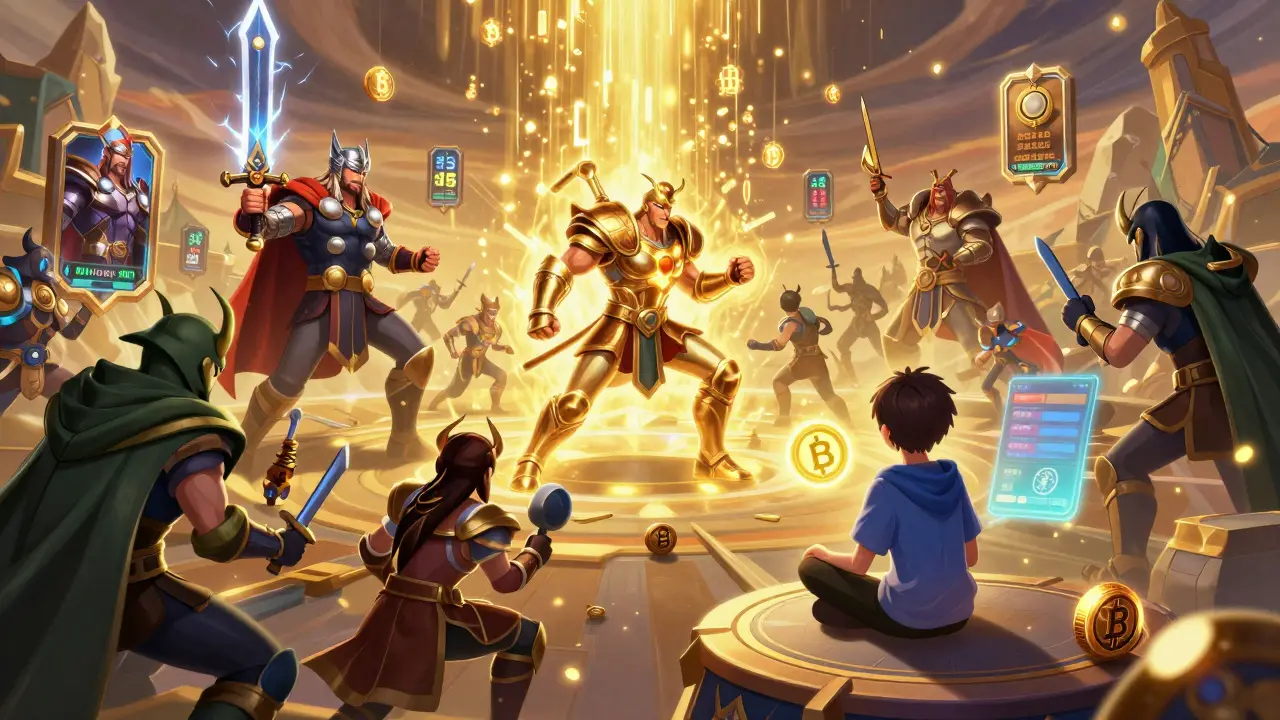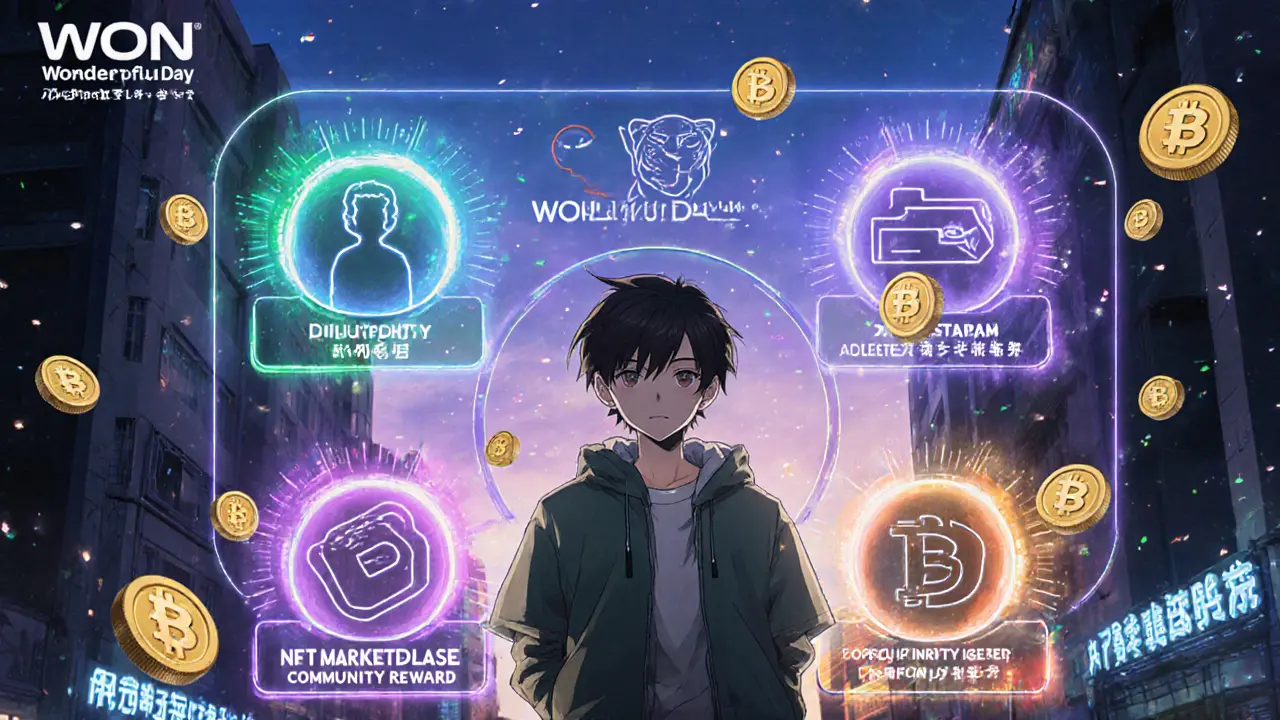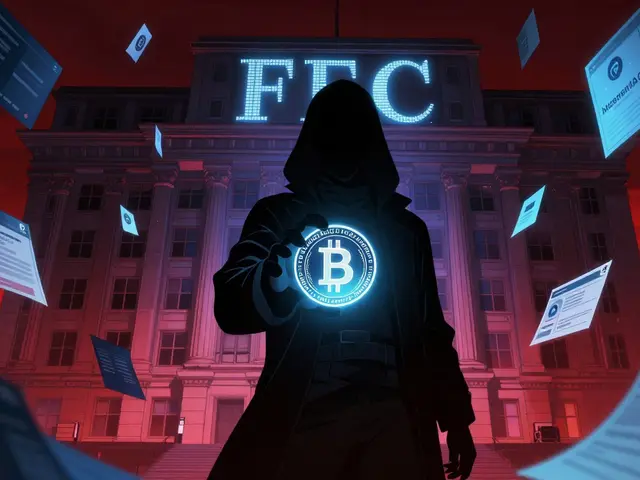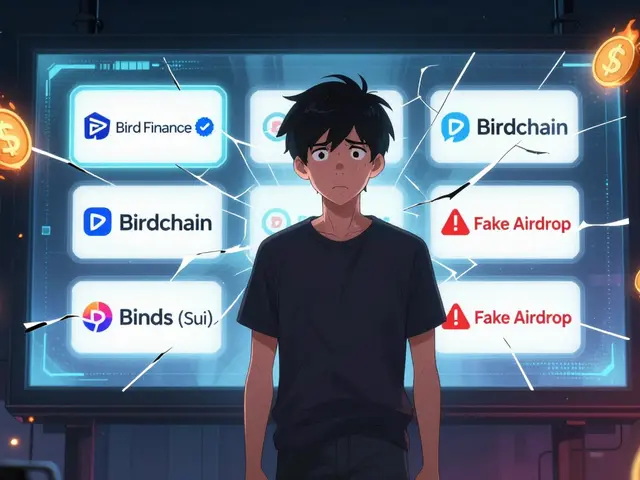Cryptocurrency Guides – Your Go‑To Resource for Crypto Knowledge
When you browse Cryptocurrency Guides, you get straight‑forward, visual tutorials that break down complex crypto topics into bite‑size lessons. Also known as Crypto Guides, they aim to give traders, investors and curious newcomers the confidence to act without wading through jargon. Whether you’re tracking cryptocurrency markets or building a portfolio, these guides serve as the practical map you need.
One core pillar of every guide is the underlying Blockchain, the distributed ledger that records every transaction and powers every crypto asset. Understanding how blocks link together, how consensus works and why immutability matters is the first step before you dive into any token, airdrop or yield strategy. This foundation lets you see why a token’s supply rules or its smart‑contract code can affect price and security.
From that base, many of our pieces dive into DeFi, decentralized finance applications that let you lend, borrow or trade without traditional banks. DeFi introduces concepts like liquidity pools, automated market makers and composable money‑legos, all of which shape how you can earn yield or manage risk. Grasping these ideas helps you decide whether a yield farm or a lending protocol fits your goals.
Airdrops have become a popular way to discover new projects and earn free tokens. Our step‑by‑step tutorials walk you through eligibility checks, claim procedures and safety tips, so you avoid scams while grabbing potential upside. We also cover the mechanics of crypto payments, showing merchants how to integrate stablecoins or Bitcoin at checkout, and highlighting the benefits for cross‑border sales and high‑risk industries.
Another recurring theme is Staking, the process of locking up tokens to support network operations and earn rewards. We explain APY calculations, validator selection and the trade‑offs between liquid and locked staking, giving you the tools to compare options across Polkadot, Ethereum and other ecosystems. Knowing the math behind rewards helps you predict income and assess risk.
Non‑fungible tokens (NFTs) also appear throughout our guides, especially when we talk about storage and provenance. NFT, unique digital assets recorded on a blockchain, often need decentralized storage to stay truly immutable. We compare services like NFT.Storage, Pinata and Arweave, and show you how to back up your collectibles safely, ensuring long‑term access and value.
Finally, cross‑chain bridges connect isolated blockchains, letting assets move freely between networks. Understanding trusted versus trustless bridges, wrapped tokens and associated security risks is essential before you transfer high‑value tokens. Our guides break down real‑world use cases, from moving stablecoins to accessing DeFi opportunities on another chain.
With these concepts laid out, you’re ready to explore the full list of guides below. Each article builds on this foundation, delivering specific how‑tos, risk insights and practical tips you can apply right away.
Bird Finance BIRD Airdrop: What Actually Happened and How to Verify Legitimacy
The Bird Finance BIRD airdrop never officially happened. Despite rumors and fake claims, no tokens were distributed. Learn how to spot scams, verify real opportunities, and earn BIRD tokens through legitimate DeFi staking instead.
BabySwap MVBIII Airdrop: What Really Happened and Why Babylon's BABY Token Is Confusing You
BabySwap didn't run an airdrop during MVBIII - it won an award. The BABY token confusion comes from Babylon's separate 2025 airdrop. Learn the truth, avoid scams, and understand what's really happening with both projects.
What is America PAC (PAC) crypto coin? The truth about the political group behind the name
America PAC is not a crypto coin - it's a political action committee lobbying for crypto-friendly laws. Learn why fake coins are being sold under this name and how real crypto lobbying works in the U.S.
What is Shiro Pet (SHIRO) crypto coin? Real price, supply, and whether it's worth buying
Shiro Pet (SHIRO) is a memecoin with no team, no community, and a circulating supply of zero. Learn the real price, why it's risky, and why most investors should avoid it.
Crypto Exchange Licensing Requirements in Singapore: What You Need to Know in 2025
Singapore's crypto exchange licensing rules changed in June 2025. Now, all exchanges operating from Singapore - even those serving overseas clients - must be licensed by MAS. Learn the two license types, costs, application timelines, and what happens if you don't comply.
EPICHERO Airdrop by EpicHero 3D NFT: What You Need to Know About Rewards and How It Works
There's no official EPICHERO airdrop-but holding EpicHero 3D NFTs gives you automatic BNB rewards from every trade. Learn how the real reward system works, how to get started, and what to watch out for.
Asian Fintech (AFIN) Airdrop: What’s Real and What’s Not in 2025
No official Asian Fintech (AFIN) airdrop exists in 2025. Discover the truth behind the fake claims, why AFIN has zero trading volume, and how to avoid crypto scams targeting unsuspecting users.
BunnyPark (BP) Airdrop: What We Know About the Token Distribution and How to Qualify
BunnyPark (BP) is a DeFi + NFT infrastructure platform on BSC, not a typical gaming token. While no airdrop is live yet, builders and artists who contribute to its ecosystem are most likely to qualify when one launches.
Turkey Crypto Payment Ban: 2021 Regulations Explained
Turkey banned crypto payments in 2021 to stop financial risks, but allowed trading to continue. Learn how the rules evolved, why 19% of Turks still use crypto, and what's changing in 2025.
WENLAMBO (WLBO) Airdrop: How the Token Rewards Holders and What You Need to Know
WENLAMBO (WLBO) doesn't offer a traditional airdrop-it gives holders automatic rewards from every trade. Learn how the 4% reflection system works, why the price is stuck at $0, and whether it's worth holding.
WON FiveTiger X WonderfulDay Airdrop: How to Participate and What You Need to Know
Learn how to qualify for the WON FiveTiger X WonderfulDay airdrop, what tokens you’ll get, when they’re released, and how to avoid scams. Complete 5 simple steps before December 15, 2025.
What is Fjord Foundry (FJO) Crypto Coin? A Clear Breakdown of the Launchpad Token
Fjord Foundry (FJO) is a crypto launchpad using Liquidity Bootstrapping Pools to give small investors fair access to early-stage tokens. FJO token earns rewards through staking and deflationary buybacks, but faces liquidity and volatility challenges.

